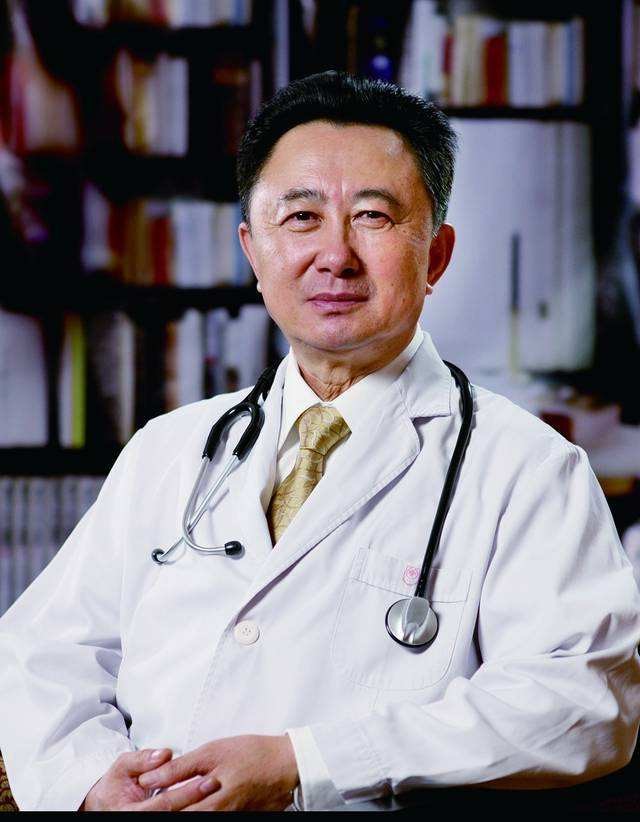Pathogenic bacterial resistance and anti-infective treatment strategies for CAP in different countries and regions

Professor Youning Liu
Chief Physician, Professor, Doctoral Supervisor, Former Chairman of the Internal Medicine Branch of the Chinese Medical Association, and Chairman of the Respiratory Disease Branch of the Chinese Medical Association.
Expertise: Respiratory infection, respiratory failure and other fields.
Q1. Please describe the epidemiology of community-acquired pneumonia (CAP) in Mainland China.
According to epidemiological surveys conducted in China, the distribution of CAP pathogens is similar to that around the world; 41.7% of patients were infected by a single pathogen and 11.5% have a mixed infection of two to four pathogens.1 The detection rate of atypical pathogens is 31.3%, with Mycoplasma pneumoniae being the most common (20.7%, 126 cases), followed by Streptococcus pneumoniae (10.3%, 63 cases), Haemophilus influenzae (9.2%, 56 cases), Chlamydia pneumoniae (6.6%), Klebsiella pneumoniae (6.1%), Legionella pneumophila (5.1%), Staphylococcus aureus (3.8%), Escherichia coli (1.6%), Moraxella catarrhalis (1.3%), and Pseudomonas aeruginosa (1.0%). However, in nearly 50% of patients with CAP, the causative pathogen cannot to be determined.
Q2. What is the prevalence of drug resistant-organisms in CAP in Mainland China?
The high resistance rate and degree of resistance to macrolides in S. pneumoniae in adult CAP patients in China differs from those in Europe and the United States. The difference is attributed to drug resistance-mediated genes. The CARTIPS study showed that the resistance of S. pneumoniae to azithromycin was between 88.1% to 91.3% and the resistance rate to clarithromycin was as high as 88.2%.2 In European and American countries, the resistance of S. pneumoniae to erythromycin and azithromycin were 12.9% to 39% and 4.3% to 33.3%, respectively. While the ermB genes are mainly responsible for macrolide resistance in China, the mef genes are found to mediate macrolide resistance in the United States. The latter correlates to lower level of drug resistance. The resistance rate of S. pneumoniae to oral penicillin is 4.5% to 36.5%, and 39.9% to 50.7% of isolates are resistance to second generation cephalosporin.
The resistance rate of M. pneumoniae to macrolides is also high in China – with a drug resistance rate between 58.9% to 71.7% to erythromycin and 54.9% to 60.4% to azithromycin, in mycoplasma isolated from adult CAP patients. A drug-resistant mycoplasma infection can mean a prolonged duration of fever and anti-infection therapy. In Taiwan and Japan, the resistance rate of mycoplasma CAP to macrolides in adults and adolescents is between 25% to 46%. Macrolide-resistant M. pneumoniae has also been reported in France, Canada, the United States, Spain, and Germany.
The overall proportion of cephalosporin- and quinolone-resistant extended-spectrum β-lactamase (ESBL)-producing E. coli and K. pneumoniae in CAP patients is also significantly higher than that in other countries.3
Q3. Based on the current situation on antimicrobial resistance in China, what is the empirical treatment choice for CAP?
In China, macrolides are not recommended due to the high resistance rate of S. pneumoniae to macrolides. While S. pneumoniae have shown resistance to oral β-lactams, the pathogen is not completely resistant to intravenous β-lactams.
Respiratory quinolones are suitable empirical treatment for CAP. As M. pneumoniae has demonstrated a high resistance rate to β-lactams and macrolides, respiratory quinolones such as levofloxacin should be the first choice.3 However, as quinolones cannot be used in children with M. pneumoniae infection, we suggest the use of tetracycline as first-line treatment for kids above 8 years old. The use of quinolones in children under 8 years old should be based on clinical judgement.
As for the elderly population, third generation cephalosporin alone or in combination with macrolides or quinolones have been shown to be ineffective for K. pneumoniae and some ESBL-producing E. coli infections. In such cases, ertapenem or antibiotics that contain enzyme inhibitors would be the treatment of choice.
Q4. What are the characteristics of CAP caused by community-associated methicillin-resistant S. aureus (CA-MRSA)?
While the incidence of CA-MRSA is relatively low worldwide, the United States has reported the highest number of cases. Nevertheless, CA-MRSA pneumonia can cause more severe disease and has a high mortality rate of 41.1%. In China, a few cases of CA-MRSA pneumonia have been reported, with a small number of cases reported in children and adolescents. The prevalence of MRSA in skin and soft tissue infections is also low (5/164). The isolation rate of CA-MRSA is 4.3% in Taiwan, 3.3% in Japan, and 6.2% to 8.9% in USA.
The clinical features of CA-MRSA infections are obvious, with chest radiograph showing bilateral extensive lung consolidation, multiple cavities, and pleural effusion. The disease progresses rapidly, and patients have high total white blood cell count. Gram-positive bacteria are typically isolated from sputum samples. As such, in China, MRSA is not routinely covered in the prescription of empirical treatment. However, physicians should remain vigilant when patients present clinical features as mentioned above. The reference value of foreign guidelines is limited and cannot be replicated in our context.3
Q5. What is the role of virus in CAP?
Currently, the clinical significance of virus in CAP is still controversial. An epidemiological survey on adult and child CAP lead by the Centers for Disease Control and Prevention (CDC) in the United States indicated that viruses were detected more frequently compared with bacteria.4
However, I have reservations about these results as the healthy control group was not perfect. The detection rate of S. pneumoniae and other causative bacteria was also too low. I do not agree that virus is the main pathogen for CAP. Respiratory viruses can be direct pathogens of CAP and can cause patients to be more prone to secondary bacterial pneumonia (i.e. caused by S. pneumoniae and S. aureus). Therefore, it is important to distinguish whether a virus is the cause of colonisation during epidemiological investigation.3 On the other hand, there is no effective antiviral therapy in clinical practice for CAP. Therefore, we still emphasise anti-bacterial therapy as the focus of CAP management.
Q6. What is your opinion on China’s strategy in managing COVID-19?
Generally, novel coronavirus pneumonia belongs to CAP and includes patients without pneumonia. China has done a lot of work in managing COVID-19. China has successfully isolated the virus in a short period of time, published the gene sequence and making it known to the world, and developed diagnostic kits.5,6 Furthermore, no countries other than China can achieve such strict, unprecedented quarantine measures.
References
1. Liu Y, et al. Chin J Tuberc Respir Dis 2006;29:3-8.
2. Zhao T, Liu Y. Chinese Journal of Internal Medicine 2004,43:329-332.
3. Cao B, et al. Chin J Tuberc Respir Dis 2016;39:253-279.
4. Jain S, et al. N Engl J Med 2015;373:415-427.
5. Lu R, et al. Lancet 2020;395:565-574.
6. Wu F, et al. Nature 2020;579:265-269.










